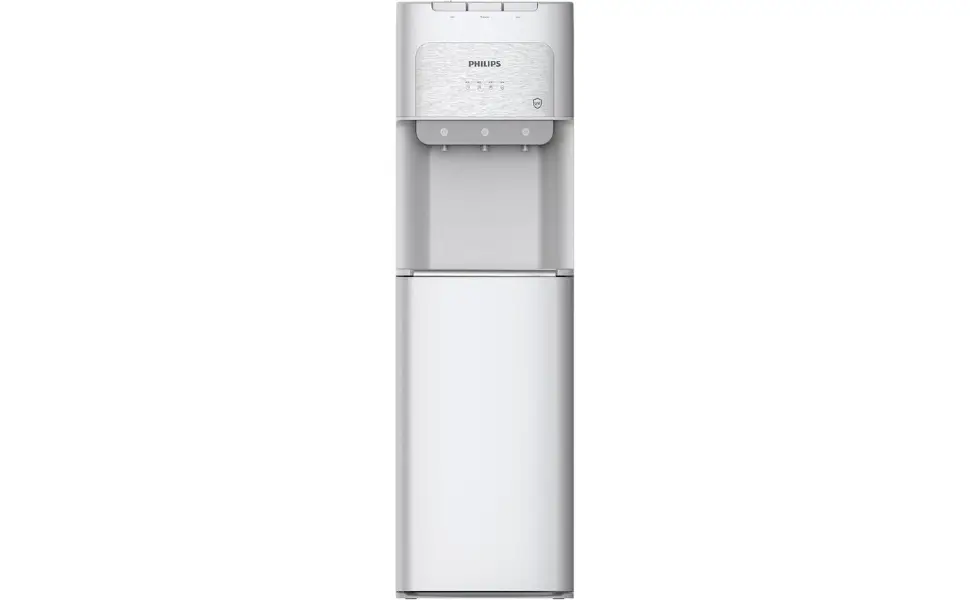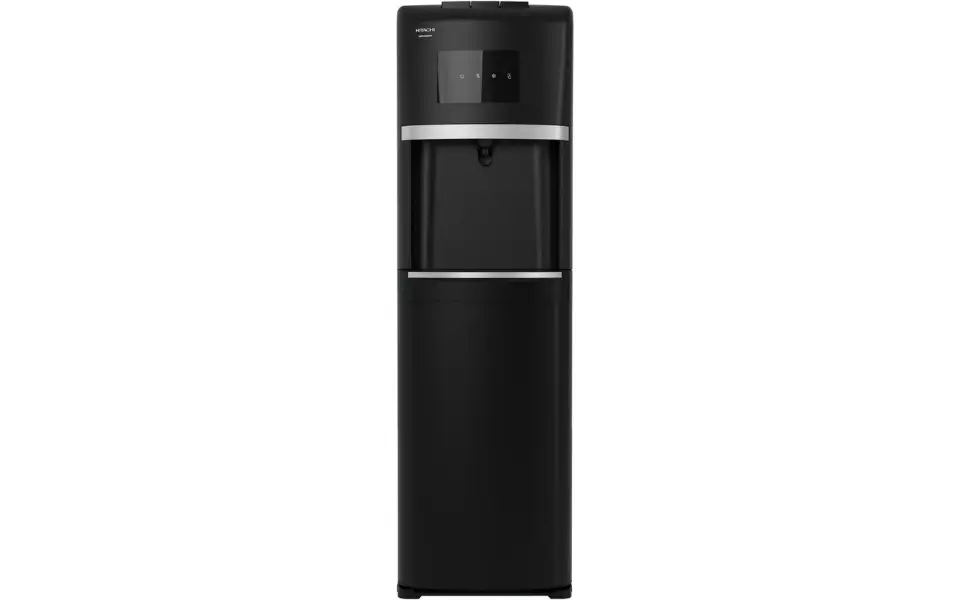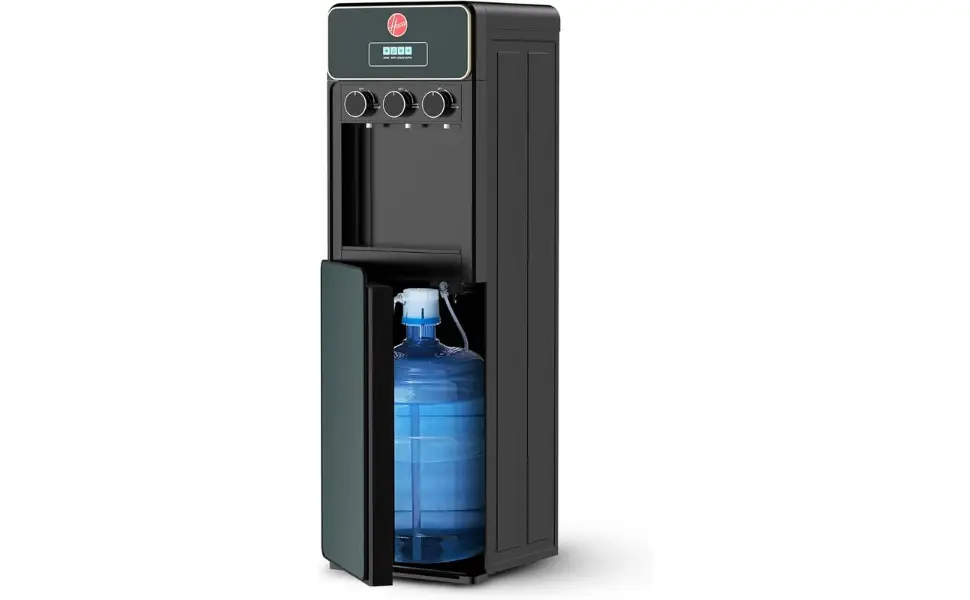How to Clean a Water Dispenser
Cleaning your water dispenser is essential for ensuring that you and your family have access to fresh, clean water at all times. Over time, mineral deposits, bacteria, and other contaminants can build up in the dispenser, affecting the taste and quality of the water. Regular cleaning not only maintains the efficiency of your dispenser but also promotes better health by preventing the growth of harmful bacteria.
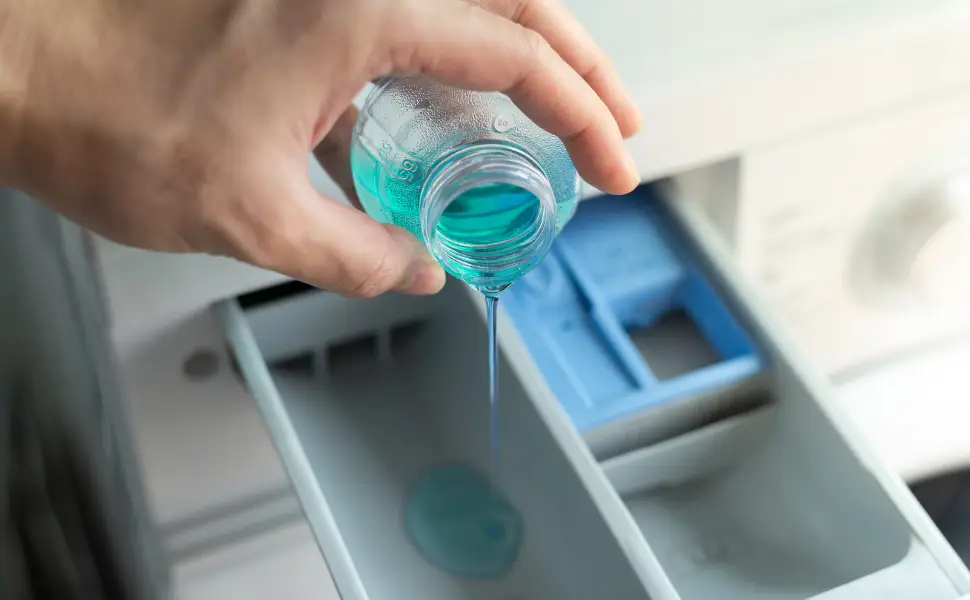
Table of Contents
To clean a water dispenser, follow these simple steps:
1. Unplug the Dispenser : Always start by unplugging the water dispenser to avoid any electrical hazards during the cleaning process.
2. Drain the Water : Empty the water from the dispenser. If your dispenser has a hot water option, be careful to let it cool before draining.
3. Remove the Bottle : Take off the water bottle from the top or bottom of the dispenser. If it’s a bottom-loading dispenser, simply slide out the empty bottle.
4. Clean the Reservoir : Use a mixture of vinegar and water (1:3 ratio) or a cleaning solution designed for water dispensers. Pour the solution into the reservoir, and let it sit for 10-15 minutes. This will help break down any mineral deposits and kill bacteria.
5. Scrub the Interior : Using a soft cloth or sponge, scrub the inside of the dispenser, including the water spouts. Pay special attention to any areas with visible residue.
6. Rinse Thoroughly : Drain the cleaning solution from the dispenser and rinse it several times with clean water. Make sure there’s no vinegar or cleaning solution left in the reservoir.
7. Clean the Exterior : Wipe down the exterior of the dispenser with a damp cloth and mild detergent. This includes the buttons, spouts, and any other parts that come into contact with hands.
8. Replace the Bottle and Plug In : Once everything is clean and dry, place a new bottle of water into the dispenser, plug it in, and allow it to cool or heat the water as needed.
How to Clean a Bottom-Load Water Dispenser
Bottom-load water dispensers are becoming increasingly popular due to their convenience and ease of use. Cleaning them requires a slightly different approach:
1. Remove the Bottle : Start by removing the water bottle from the bottom cabinet.
2. Clean the Pumping Pipe : The pumping pipe, which draws water from the bottle to the spouts, should be cleaned with a mixture of vinegar and water or a cleaning solution. This ensures that the water remains fresh and free of bacteria.
3. Clean the Reservoir and Spouts : Similar to top-load dispensers, use a cleaning solution to scrub the reservoir and spouts. Pay attention to the pump mechanism as well.
4. Rinse and Dry : Rinse the internal parts thoroughly with clean water to remove any residual cleaning solution. Allow the parts to dry completely before reassembling.
5. Reassemble and Test : After everything is clean and dry, replace the water bottle, plug in the dispenser, and allow it to start cooling or heating the water.
Why Is Their Leakage from the Bottom of My Water Dispenser?
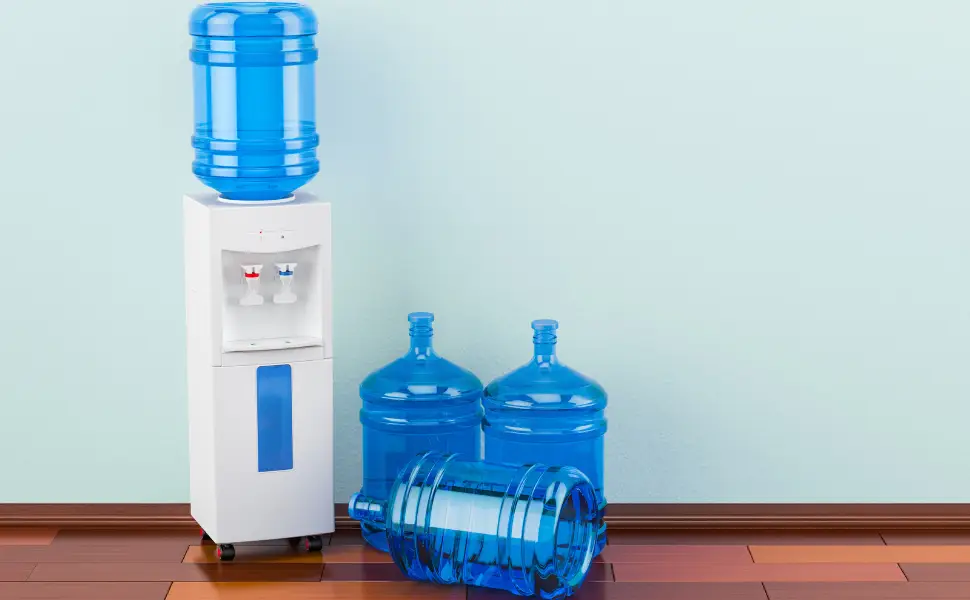
A water dispenser leaking from the bottom can be a frustrating issue, but it’s not uncommon. These are a few thoughts on how this might happen:
1. Loose or Damaged Water Bottle : Sometimes, a loose or improperly seated water bottle can cause leaks. Ensure that the bottle is securely placed and check for any cracks or damage in the bottle.
2. Faulty Pumping Pipe : The pumping pipe, especially in bottom-loading dispensers, can sometimes get damaged or disconnected, leading to leaks. Inspect the pipe for any visible issues and ensure it’s properly connected.
3. Overfilled Drip Tray : The drip tray at the bottom of the dispenser is designed to catch spills and drips. If it’s overfilled, water can leak onto the floor. Empty and clean the drip tray regularly to avoid this problem.
4. Internal Seal Issues : If the internal seals or gaskets are worn out or damaged, water may leak from the bottom. In such cases, it may be necessary to replace the faulty parts.
Comparison of the Best Water Dispensers Used In Uae
When choosing the best water dispenser for your home or office, it’s important to consider features like ease of use, maintenance, and safety. Here’s a comparison of five of the best-used water dispensers:
1. Sure Water Dispenser
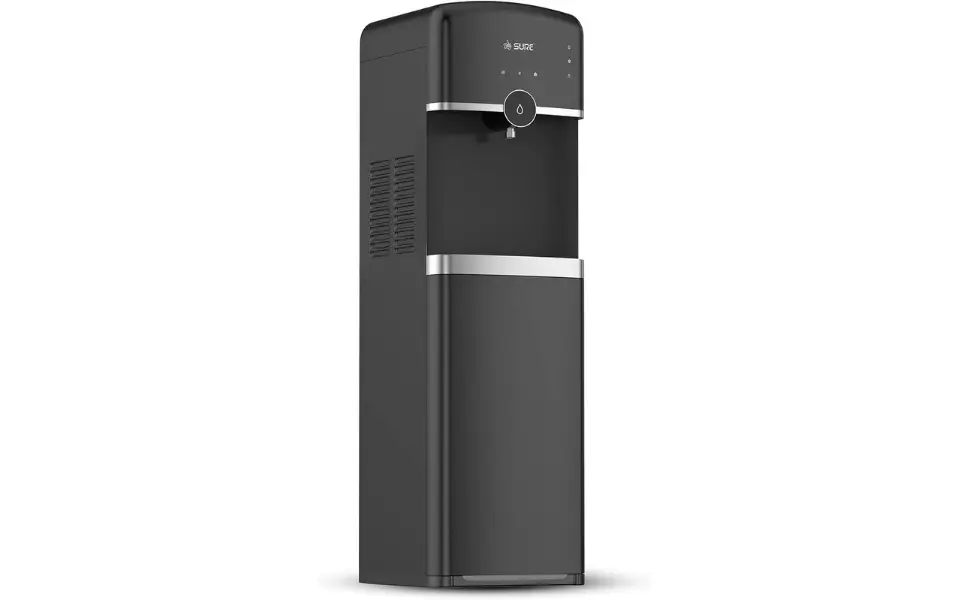
- Features : Bottom loading, triple faucets (hot, cold, room temperature), child safety lock, 500W heating power, 90W cooling power.
- Pros : Easy to load water, durable stainless steel pumping pipe, child safety lock, and efficient heating/cooling.
- Cons : Higher power consumption compared to other models.
2. Philips Water Dispenser
- Features : Bottom loading, micro P-Clean filtration, UV-LED technology, efficient cooling, 1-year warranty.
- Pros : Advanced filtration system, UV protection against bacteria, easy filter replacement.
- Cons : Higher price point due to advanced features.
3. Hitachi Water Dispenser
- Features : Bottom loading, stainless steel hot water tank, child safety lock, empty bottle indicator, Japanese quality.
- Pros: Reliable build quality, easy bottle change, safety features for children.
- Cons : Larger size may not be suitable for smaller spaces.
4. Hoover Water Dispenser
- Features : Bottom loading, three water spouts (hot, cold, ambient), stainless steel cold tank, user-friendly knob control.
- Pros : Durable and stylish, easy to use, convenient for families.
- Cons : Limited warranty compared to other models.
5. Geepas Water Dispenser
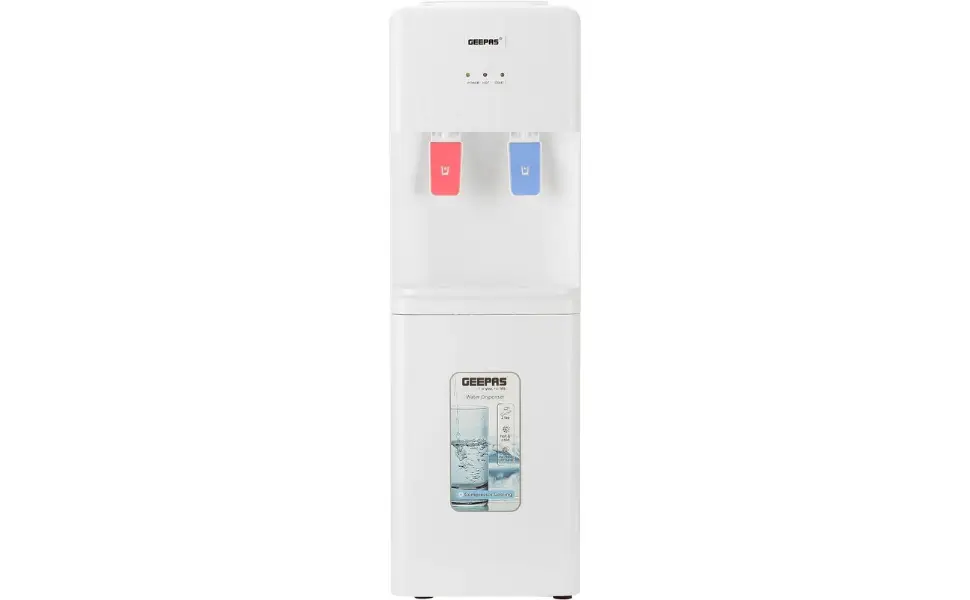
- Features : Bottom loading, stainless steel water tank, low noise compressor, 5L hot water, 2L cold water capacity.
- Pros : High efficiency, quiet operation, large water capacity.
- Cons : Requires a 3-hour setup time for first use.
Frequently Asked Questions
How frequently should my water dispenser be cleaned?
It’s recommended to clean your water dispenser every 6-8 weeks to ensure the water remains fresh and bacteria-free.
Can I use bleach to clean my water dispenser?
Yes, but it’s important to rinse thoroughly with clean water afterward to remove any bleach residue.
Why is my water dispenser making noise?
Noises could be due to the compressor running or air bubbles in the water line. If the noise is persistent, it might indicate a need for maintenance.
Affiliate Disclosure
This post may contain affiliate links, meaning I may earn a commission if you make a purchase through these links, at no extra cost to you. Rest assured, I only recommend products that I believe in and think will add value to your experience.

